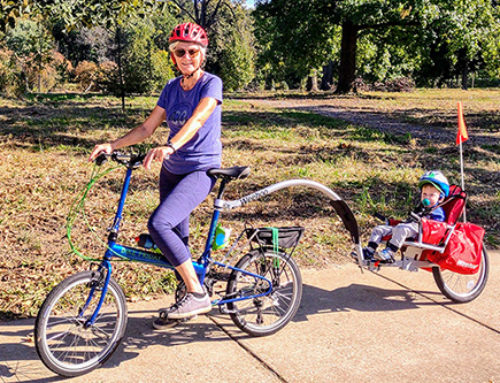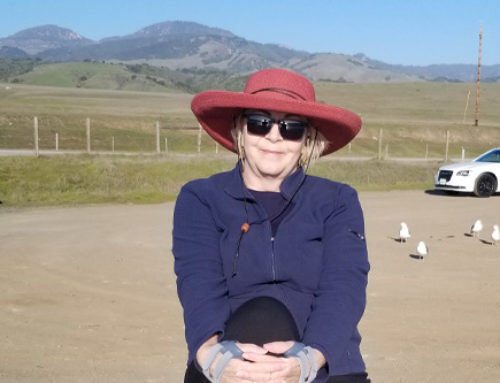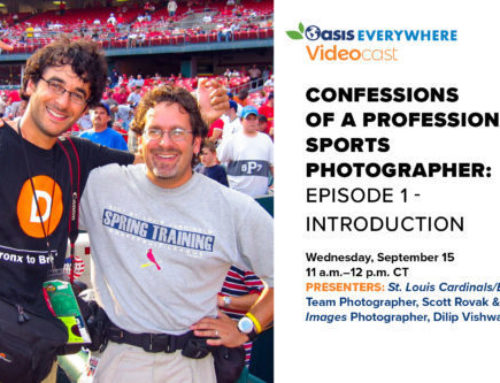Last month I had a third basal cell carcinoma cut from my skin. This time, it was from my scalp. It was smack dab in the middle of my part.
 That skin on my head had a long relationship with the sun that went back to summers in Miami Beach when I was as a child, sun bathing at the pool as a teenager, and summers at Cape Cod with my family. Although I get a body check from my dermatologist every six months, I found this one, and the previous two, myself.
That skin on my head had a long relationship with the sun that went back to summers in Miami Beach when I was as a child, sun bathing at the pool as a teenager, and summers at Cape Cod with my family. Although I get a body check from my dermatologist every six months, I found this one, and the previous two, myself.
Skin cancer is an abnormal growth of skin cells and most often develops on areas of the skin exposed to the sun’s rays, including the scalp. Skin cancer affects people of all colors and races. Click here to see what skin cancer can look like.
It is possible to find skin cancer early because skin cancer begins where you can see it. One of the first signs may be a slowly growing bump, a changing mole, or a dry and scaly rough patch. Most skin cancers can be cured when they are detected early and treated before they have spread. Even malignant melanoma, which can spread quickly, is curable when treated early. The key to finding skin cancer early is to know your skin. It is important to check your own skin monthly to learn the pattern of moles, blemishes, freckles and other marks, so that you will notice any changes or anything new. If you notice a spot or lump that is growing, bleeding or changing, make an appointment to see a dermatologist.
A skin self-exam is best done in a well-lit room in front of a full-length mirror. You will need to use a hand-held mirror to look at areas that are hard to see, such as the backs of your thighs. Examine all areas of your skin, including your palms and soles, scalp, ears, nails, and your back (in men, about 1 of every 3 melanomas occurs on the back). Friends and family members might need to help you with these exams, especially for those hard-to-see areas, such as your scalp and back. For more information on how to do a skin self-exam, go to Skin Cancer Prevention and Early Detection.
Skin cancer is the most common cancer in the United States. It is estimated that one in five Americans will develop skin cancer in their lifetime – with one in 50 developing melanoma. More than 3.5 million cases of nonmelanoma skin cancer (basal cell carcinoma and squamous cell carcinoma) are diagnosed in more than 2 million people in the United States every year. Caucasians and men older than age 50 are at a higher risk of developing melanoma and the incidence of melanoma in men ages 80 and older is three times higher than women of the same age. According to The Skin Cancer Foundation, one person dies of melanoma every 57 minutes.
Exposure to natural and artificial ultraviolet (UV) light is a major risk factor for all types of skin cancer and avoiding this risk factor could prevent more than 3 million cases of skin cancer every year. Both UVA and UVB penetrate the atmosphere and cause premature skin aging, eye damage (including cataracts), and skin cancers. The U.S. Department of Health and Human Services and the World Health Organization have identified UV light as a proven human carcinogen. Excessive exposure to UV radiation damages the skin’s cellular DNA causing genetic mutations that lead to skin cancer. UV radiation is considered the main cause of nonmelanoma skin cancers and causes about 86 percent of melanomas.
According to the American Academy of Dermatologists, the following tips can help prevent skin cancer:
- Never use a tanning bed or sun lamp. Exposure to tanning beds increases the risk of melanoma by up to 75 percent, especially in women age 45 and younger. More people develop skin cancer because of tanning in tanning beds than develop lung cancer because of smoking.
- Use sunscreen, lip balm, and wear clothes that protect you from UV rays every day. Because exposure to UV light is the most preventable risk factor for all skin cancers, everyone should protect their skin from the sun’s harmful UV rays by seeking shade, wearing protective clothing (any clothing that you can hold up to bright light and not see through), including a 3”- wide brimmed hat, and generously using sunscreen. Every day, before going outside, apply sunscreen to all skin that will be bare (face, ears, hands, neck, etc.).
- Choose the right sunscreen. It should protect against UVA and UVB rays and have sun protection factor (SPF) of at least 30. Generously apply the sunscreen every 2 hours, even on cloudy days, and after swimming or sweating.
- Consider sun-protective clothing. There are companies that make clothing which protects against UV exposure even when wet. It tends to be more tightly woven, and some have special coatings that help absorb UV rays. Look for sun-protective clothes that have a label listing the UV protection factor (UPF) value (the level of protection the garment provides from the sun’s UV rays, on a scale from 15 to 50+). The higher the UPF, the higher your protection from UV rays. Follow this link to see a list of clothing and other products that have The Skin Cancer Foundation’s Seal of Recommendation. I do not go to the beach or pool without my Land’s End swim tee rash guard!
- Wear sunglasses that offer UV protection every day. UV blocking sunglasses help shield the sensitive skin on your head, neck, and around the eyes – areas that usually sustain a lot of sun damage. It can also help prevent the development of melanoma in your eyes.
- Minimize sun exposure between 10 a.m. and 4 p.m. This period of time is when the sun is strongest. Because severe sunburns during childhood may increase risk of melanoma, children should be especially protected from the sun. Be aware of bright surfaces, such as sand, water, and snow, which reflect UV and can increase exposure to UV rays.
The odds of developing skin cancer increase as you age. Many older adults think that there is no point in protecting themselves from the sun’s UV rays since the damage has already been done, but it’s never too late to prevent further damage and lower your risk of skin cancer. My days of “laying out” in the sun are over. Take care of your skin and your health. Use sunscreen generously, wear protective clothing and sunglasses – and teach your children and grandchildren to do the same. Become familiar with your skin and receive body checks yearly from a dermatologist. Be sun safe!
For additional information, Watch a video of dermatologists’ top tips for preventing skin cancer or go see the Skin Cancer Foundation’s Prevention Guidelines.





